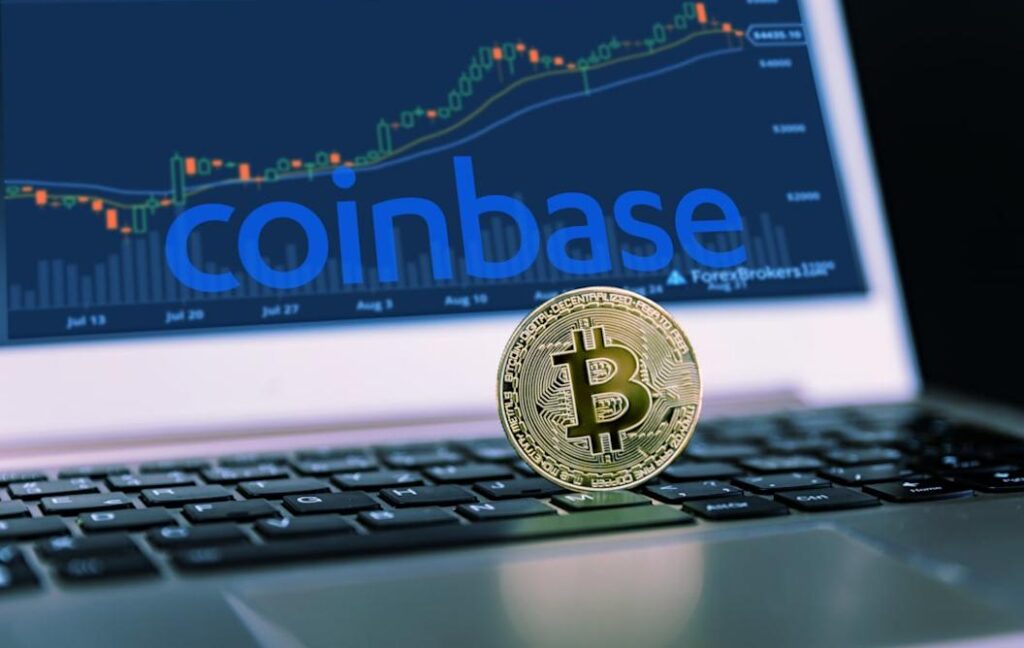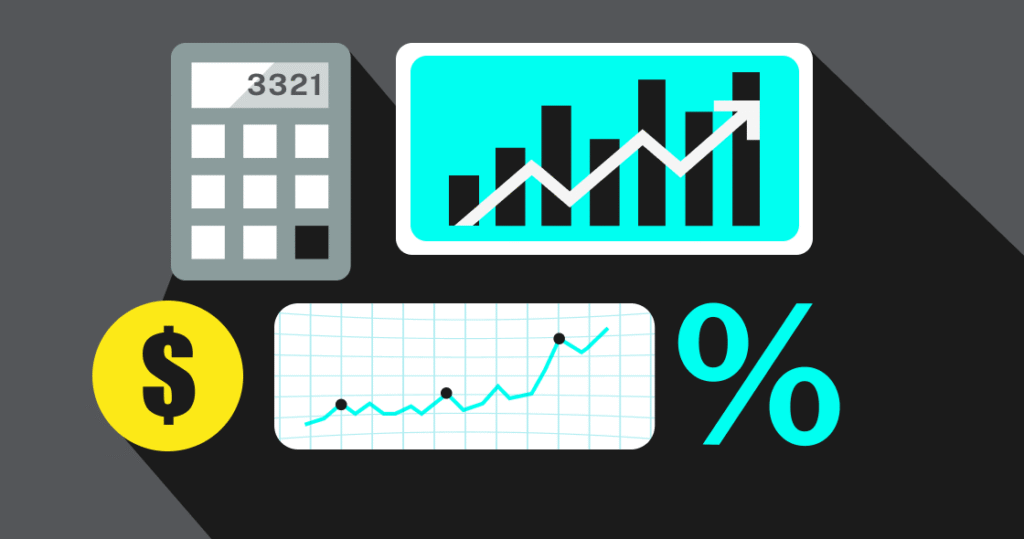Understanding Coinbase cryptocurrency trading fees is crucial for anyone looking to trade Bitcoin, Ethereum, or other digital assets cost-effectively. As one of the world’s largest cryptocurrency exchanges, Coinbase serves millions of users globally, but many traders are surprised by the various fees that can significantly impact their profits. Whether you’re a beginner making your first Bitcoin purchase or an experienced trader executing multiple transactions daily, knowing exactly what you’ll pay in fees can make the difference between profitable and unprofitable trades.
Coinbase operates two main platforms – the basic Coinbase app and the advanced Coinbase Pro (now called Coinbase Advanced Trade) – each with different fee structures. Many users unknowingly pay higher fees than necessary simply because they don’t understand the platform’s pricing model. This comprehensive guide will break down every type of fee, compare costs across different trading methods, and reveal proven strategies to minimize your trading expenses while maximizing your investment returns.
What Are Coinbase Cryptocurrency Trading Fees?
Coinbase cryptocurrency trading fees are charges applied when you buy, sell, or convert digital assets on the platform. These fees vary significantly depending on several factors including your payment method, transaction amount, geographic location, and which Coinbase platform you use.
The exchange employs a dynamic fee structure that can be confusing for new users. Unlike traditional stock brokers with fixed commission rates, Coinbase uses a combination of spread fees, flat fees, and percentage-based charges that change based on market conditions and trade size.
Types of Coinbase Trading Fees
Spread Fees: Built into the price you see when trading on the basic Coinbase app, typically ranging from 0.5% to 2% depending on market volatility.
Transaction Fees: Additional charges ranging from $0.99 to $2.99 for small trades under $200, or percentage-based fees for larger amounts.
Conversion Fees: Applied when converting one cryptocurrency to another, usually around 1% of the transaction value.
Coinbase Fee Structure Breakdown

Basic Coinbase App Fees
The standard Coinbase app targets casual investors and charges higher fees for the convenience of a simplified interface. Here’s the current fee structure:
Small Transactions:
- Under $10: $0.99 flat fee
- $10-$25: $1.49 flat fee
- $25-$50: $1.99 flat fee
- $50-$200: $2.99 flat fee
Larger Transactions:
- Over $200: 1.49% of transaction amount (debit card)
- Bank transfers: 1.49% fee
- Wire transfers: 1.49% plus wire fee
Coinbase Advanced Trade Fees
Formerly known as Coinbase Pro, Advanced Trade offers significantly lower fees for active traders:
Maker Fees: 0.00% to 0.40% depending on 30-day trading volume Taker Fees: 0.05% to 0.60% depending on 30-day trading volume
The fee tiers are based on your 30-day trading volume, with higher volume traders receiving better rates.
How Coinbase Cryptocurrency Trading Fees Compare to Competitors
When evaluating Coinbase cryptocurrency trading fees against other major exchanges, the platform generally falls in the middle to higher range of the cost spectrum.
Binance Comparison
Binance offers trading fees as low as 0.02% for high-volume traders, significantly lower than Coinbase’s basic app fees. However, Binance has faced regulatory challenges in various countries, making Coinbase a preferred choice for users prioritizing regulatory compliance.
Kraken Comparison
Kraken’s fee structure ranges from 0.16% to 0.26% for most users, which is competitive with Coinbase Advanced Trade but still lower than the basic Coinbase app fees.
Payment Method Impact on Fees
Your chosen payment method dramatically affects your total trading costs:
ACH Bank Transfer: Lowest fees, typically 1.49% on basic Coinbase Debit Card: Same 1.49% rate but instant transactions Wire Transfer: Additional wire fees on top of trading fees PayPal: Higher fees and limited availability
Hidden Costs and Additional Charges

Beyond the advertised trading fees, several additional costs can impact your overall expenses:
Network Fees
When withdrawing cryptocurrency to external wallets, you’ll pay blockchain network fees that vary by cryptocurrency and network congestion.
Spread Costs
The difference between buy and sell prices includes an additional spread fee that’s not always clearly disclosed upfront.
International Transaction Fees
Users outside the United States may face additional fees for currency conversion and international payment processing.
Proven Strategies to Minimize Trading Fees
Use Coinbase Advanced Trade
Switching from the basic app to Advanced Trade can reduce your fees by up to 90% for frequent traders. The platform offers professional-grade tools while maintaining Coinbase’s security standards.
Increase Trading Volume
Higher monthly trading volumes unlock lower fee tiers. If you plan to trade regularly, concentrating your activity can lead to significant savings.
Choose ACH Transfers Over Cards
While debit card purchases are instant, ACH bank transfers offer the same fee rates with lower risk of additional banking charges.
Time Your Trades
Market volatility affects spread fees. Trading during stable market conditions can reduce the hidden costs in your transactions.
Fee Calculator and Examples

Example 1: $1,000 Bitcoin Purchase
- Basic Coinbase: $14.90 fee (1.49%)
- Advanced Trade: $5.00-$6.00 fee (0.50%-0.60%)
- Savings: Up to $9.90 per transaction
Example 2: $100 Ethereum Purchase
- Basic Coinbase: $2.99 flat fee
- Advanced Trade: $0.50-$0.60 fee
- Savings: Over $2.30 per transaction
Advanced Fee Optimization Techniques
Dollar-Cost Averaging Strategy
Instead of making multiple small purchases, consider larger, less frequent transactions to avoid flat fee minimums while still maintaining a dollar-cost averaging approach.
Limit Orders vs Market Orders
Using limit orders on Advanced Trade often qualifies you for maker fees, which are significantly lower than taker fees applied to market orders.
Conclusion
Understanding Coinbase cryptocurrency trading fees is essential for maximizing your investment returns and making informed trading decisions. While the platform’s basic app offers convenience for casual investors, frequent traders can achieve substantial savings by utilizing Coinbase Advanced Trade and implementing the fee optimization strategies outlined in this guide.
The key to successful cryptocurrency trading on Coinbase lies in choosing the right platform tier for your needs, understanding the complete fee structure, and actively working to minimize costs through higher trading volumes and strategic transaction timing. Start by evaluating your current trading patterns and calculate potential savings by switching to Advanced Trade – the difference in fees could significantly impact your long-term investment performance.







